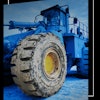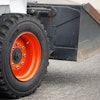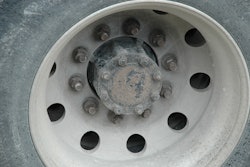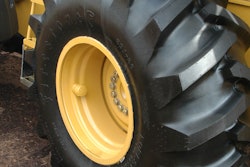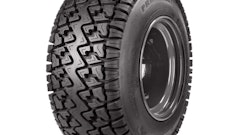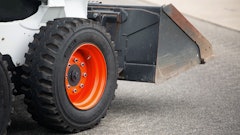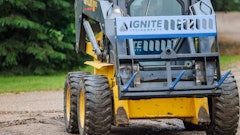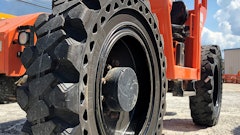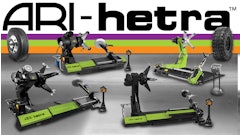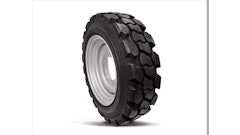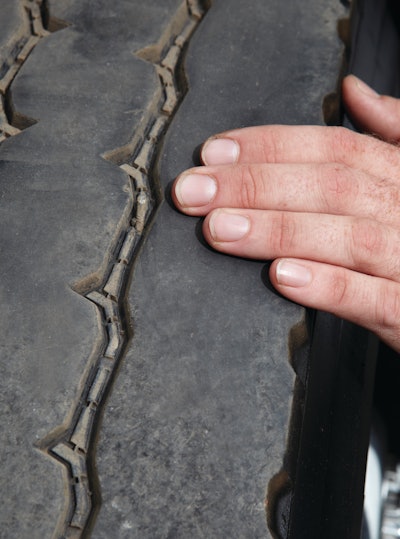
Three elements are the foundation for getting optimum return on investment in truck tires, according to Tim Miller, with Goodyear Commercial Tire:
1. Check and adjust air pressure monthly (at least). Maintaining correct inflation pressure is the single most effective way to forestall tire wear and improve casing life and tire performance.
Over-inflation can create performance issues but under-inflation is far more common and expensive because it can damage tires by raising their temperature.
"Insufficient inflation also hurts fuel economy," Miller says.
Most Class 8 trucks require about 105 psi in each tire, but the ideal pressure varies with axle load, number of tires per axle, typical cruising speed and even weather. Plug information about your specific axle loads and speeds into industry load charts to tailor air pressure to your trucks.
Ambient temperature also affects inflation pressures. Recommended pressure drops one pound for every 10-degree increase in ambient temperature.
- Read more on How to Maintain Truck Tire Air Pressure
2. Check wheel alignment. "A good truck wheel alignment program can boost your tire mileage by as much as 30 percent," Miller says. Routine alignments also limit irregular tread wear. "For instance, steer axle toe-out causes excessive wear on the inside of the tread. Toe-in can cause wear on the outside shoulder."
Drive axles must be aligned perpendicular to the chassis and, in the case of tandem axles, parallel to each other to control drive-tire wear. Misaligned drive and trailer axles accelerate tire wear by pushing the truck at an angle. The driver must turn slightly left or right to keep a truck moving in a straight line.
Because misalignment also increases truck rolling resistance, regularly checking and adjusting alignment also pays off in reduced fuel use.
3. Regularly inspect tires. During monthly inflation-pressure checks, you should look for irregular tire wear and run your hand over each tire's tread to feel for abnormalities.
"Things to check for include unusual wear patterns like feathering or cupping," Miller says. "It's important to make immediate note of wear patterns."
Refer to those notes at future inspections to be sure you've corrected the problem.
"While feeling the tread, you should inspect the whole tire for damage such as cuts, cracks, blisters or bulges," Miller says. "If damage is severe, the tire should be taken out of service immediately.
"If detected early enough, irregular wear can be countered or corrected to help extend tire life."
- More on managing lower tire costs at Fleet Manager's Guide to a Tire Management Plan

